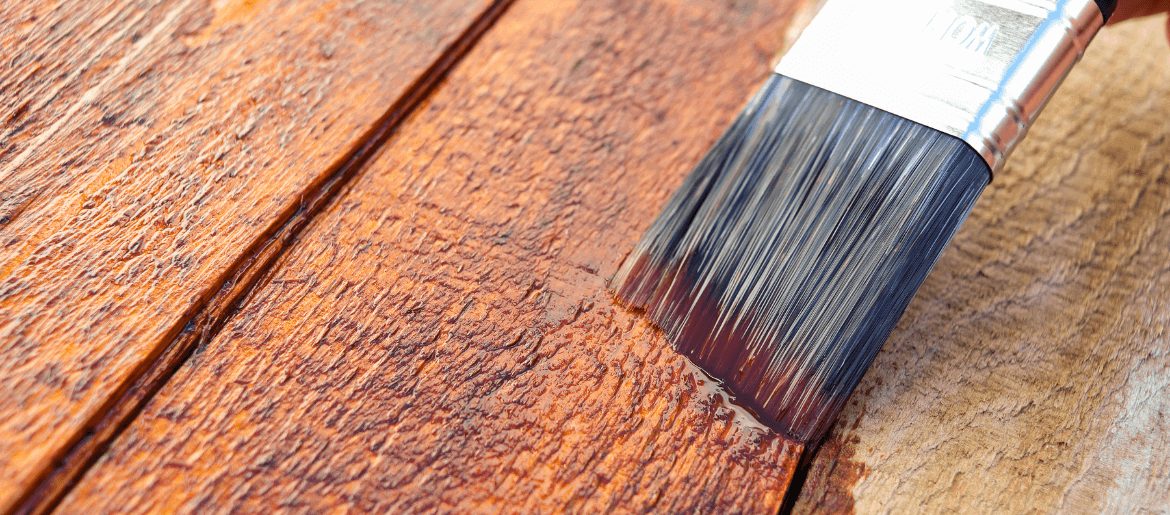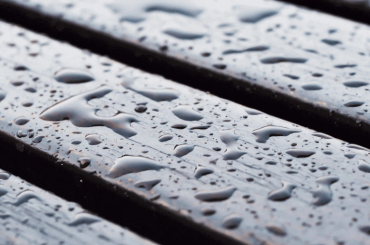Pressure-treated wood is a great choice for outdoor projects because it’s resistant to decay and rot. But does it need to be sealed?
The answer is both yes and no. In some cases, yes, you will want to seal your pressure-treated lumber, while in other cases it’s not necessary. It depends on the treatment level of the wood and how you plan to use it.
In this blog post, we’ll take a look at what you need to know about sealing pressure-treated wood. And we’ll explore when sealing is necessary and how to go about it. So let’s get started!
Does pressure treated wood need to be sealed?
What is pressure-treated wood and what is it used for? Pressure-treated wood is a type of lumber that has been treated with special chemicals to protect it from rot, decay and insect damage. It is commonly used for outdoor applications, such as decks, fences, playgrounds and garden structures.
Due to its durability and weather resistance, pressure-treated wood is ideal for projects that will be exposed to the elements or that require support and stability over time. However, it should always be handled with care, as exposure to these chemicals may cause skin irritation or other health effects if handled directly.
If you are planning on using pressure-treated wood in your next project, be sure to take all safety precautions when working with it and follow instructions provided by the manufacturer.
Pressure-treated wood is a popular choice for outdoor projects because the chemicals used to treat it make it resistant to bugs and moisture.
The answer to this question depends on a few factors, including the type of pressure-treated wood and the conditions in which it will be used.
Generally speaking, most pressure-treated wood does not need to be sealed or treated with additional protective materials.
However, if you are using your pressure-treated wood outdoors in especially wet or harsh conditions, it may be a good idea to apply an additional sealant or coating to protect the wood from water damage and other potential hazards.
If you are unsure about whether or not your pressure-treated wood needs to be sealed, it is best to consult with a knowledgeable professional or manufacturer for guidance.
Does pressure-treated wood need to be sealed and if so, how often?
Pressure-treated wood is typically treated with chemicals to help protect it against moisture, decay and insects. Because of this treatment, you generally don’t need to seal pressure-treated wood regularly.
However, it’s still important to apply a quality sealant or protective coating occasionally as needed to keep the wood looking its best and prolong its life.
The frequency of sealing will depend on several factors, such as the amount of exposure to sunlight and weather conditions in your area.
As a general rule, you should re-seal pressure-treated wood every 1-2 years depending on the level of wear and tear that it experiences. Consult the manufacturer’s instructions for specific recommendations based on your particular situation.
How can you seal pressure-treated wood to protect it from the elements?
Several different methods can be used to seal pressure-treated wood to protect it from the elements.
1. Apply a layer of waterproof paint
One of the simplest and most effective ways to seal pressure-treated wood is to apply a layer of waterproof paint. This will help prevent moisture from penetrating the surface, which can cause damage over time.
2. Apply a protective coating
Another option is to apply a protective coating such as polyurethane or epoxy. This will help repel moisture and prevent the wood from deteriorating.
3. Seal with a preservative
In some cases, it may also be necessary to apply a preservative to help protect the pressure-treated wood from rot or other decay.
This can typically be done using an oil-based solution that is applied directly to the surface of the wood.
4. Apply a wood sealant
If you are looking for a more durable and long-lasting solution, then it may be worth considering applying a wood sealant to the pressure-treated wood.
This will not only protect from moisture but can also help prevent UV damage or other types of surface wear and tear.
5. Use a protective cover or tarp
Additionally, some homeowners may choose to cover their pressure-treated wood with a protective cover or tarp. This can help prolong the life of the wood and reduce the risk of damaging water or mildew stains.
FAQs – Sealing pressure treated wood
Does treated wood need to be waterproofed?
There is no definitive answer to this question, as the need for waterproofing will depend on several factors, including the type of wood that you are treating and the environment in which it will be used.
In general, however, treated wood should be able to withstand most weather conditions without requiring any additional waterproofing treatments. Some types of treated wood may also be more water-resistant than others, so it is important to carefully read the product specifications before purchasing treated wood for your projects.
How long do you have to wait to seal pressure-treated wood?
There is no definitive answer to this question, as the length of time required to seal pressure-treated wood will depend on several different factors.
In general, you should wait at least a few weeks before sealing the wood, to allow it sufficient time to dry out and stabilize.
Additionally, it is important to choose an appropriate sealant for the type of wood that you are working with, as different sealants may have varying effects on treated wood.
Ultimately, the best way to determine when it is safe to seal your pressure-treated wood is to consult a knowledgeable professional or do some research online.
What is the best sealer for pressure-treated wood?
The best sealer for pressure-treated wood is one that will help to protect the surface from moisture and prevent decay. There are several different options available, but it can be difficult to determine which product is right for you.
So you can find one that suits your needs and budget.
Sealing pressure-treated wood is a quick and easy process and it’s well worth the effort to keep your deck or other outdoor structures in top condition. It is important to choose the proper sealant for your particular project.
Final words:
Yes, pressure-treated wood needs to be sealed to protect it from the elements and extend its lifespan. Sealing helps protect the wood from moisture and insects.
It also makes the wood easier to clean and keeps it looking new for longer. But what type of sealant you should use depends on the level of protection you need.
A basic water sealant will do the trick if your goal is simply to keep the wood from rotting or warping.
However, if you are looking for maximum protection against moisture and insects, you will need to use a product that contains an insecticide or fungicide.


